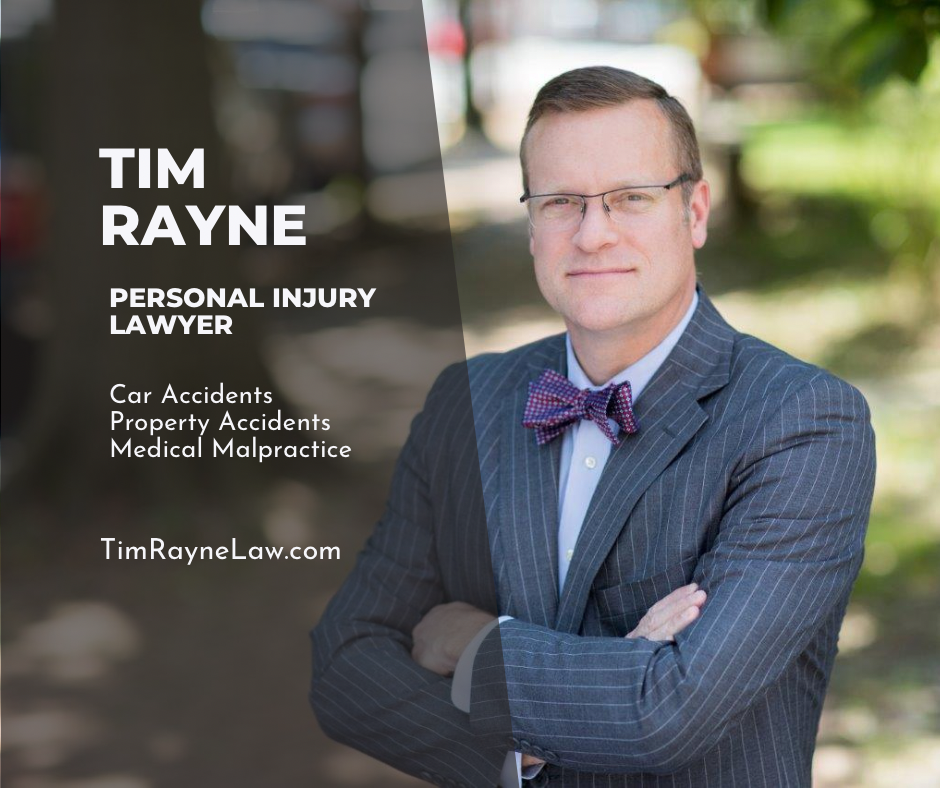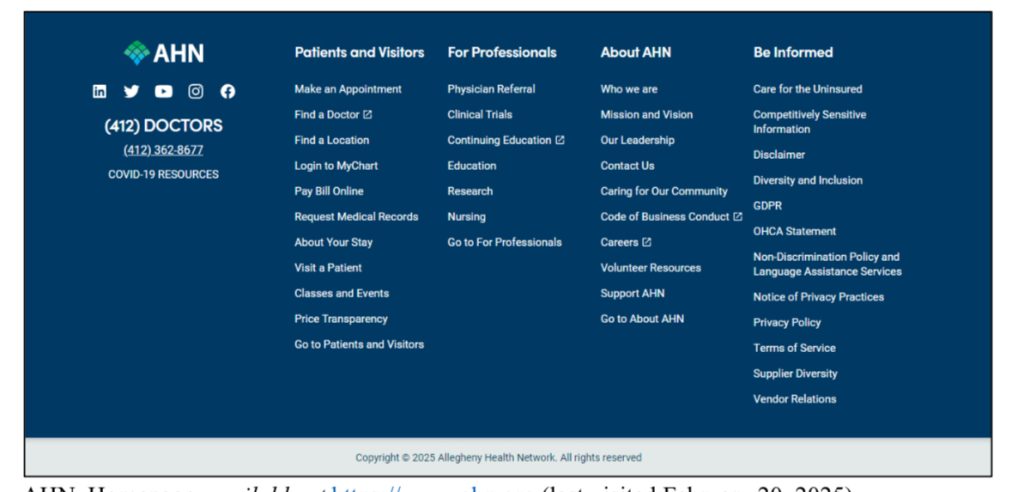Pennsylvania has long required drivers and passengers to buckle up their Seat Belts and for good reason. It’s been proven that Seat Belts save lives.

However, there is a little known and you might say Crazy part of Pennsylvania’s Seat Belt Law which prohibits the failure to wear a Seat Belt as evidence in any Civil Personal Injury lawsuit.
Here’s what the law says:
Limitation on evidence.
Evidence of failure to wear a seat belt system or child passenger restraint system shall not be admissible in a civil action or proceeding, nor shall failure to wear a seat belt system or child passenger restraint system be considered as contributory negligence nor admissible as evidence in the trial of any civil action.
At first glance that part of the law might seem illogical and contradictory. But, in reality, it makes sense.
Why Does the Seat Belt Law Contain this Provision Which Prohibits the Evidence of No Seat Belt Use?
If someone violates a law, then it can be argued that their violation is Negligence and can be held against them in a Civil Lawsuit.
So, when the Seat Belt law is violated and someone gets hurt, absent a law prohibiting the introduction of the evidence, the failure to wear a Seat Belt could be used against the injured person.
This would have multiple consequences. First, it would help the person who caused the car collision by giving them a potential defense (“the Seat Belt Defense”) that injuries could have been avoided or lessened by the victim wearing a Seat Belt.
Second, it would hurt the victim by weakening the injury claim against the responsible party.
Third, it would complicate the car accident case by making the testimony of Biomechanical Engineers and Doctors necessary to prove or rebut the Seat Belt Defense.
The Pennsylvania Legislators recognized these issues and decided that they would require Seat Belt use, but, at the same time, would not allow people who cause vehicle accidents to use a Seat Belt Defense.
So, although it seems contradictory, there is some logic behind the law.

Tim Rayne is a Pennsylvania Car Accident and Personal Injury Lawyer. For more than 30 years, Tim has been helping accident victims understand their legal rights and receive fair treatment from insurance companies. Tim has law offices in Kennett Square and West Chester Pennsylvania. If you are injured in an accident, contact Tim for more information on your legal rights to fair treatment and compensation at 610-840-0124 or trayne@macelree.com or check out his website at www.TimRayneLaw.com.









